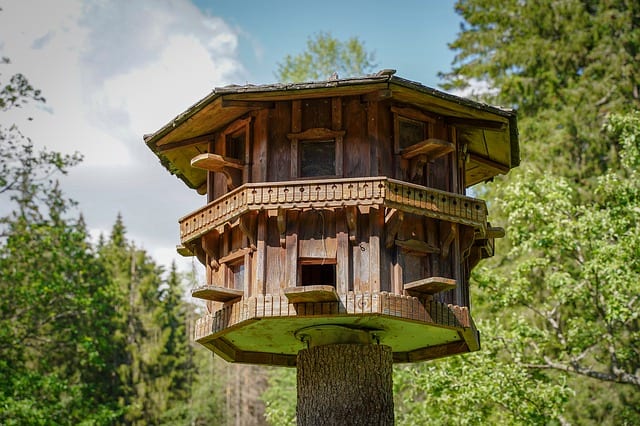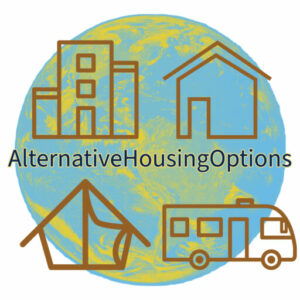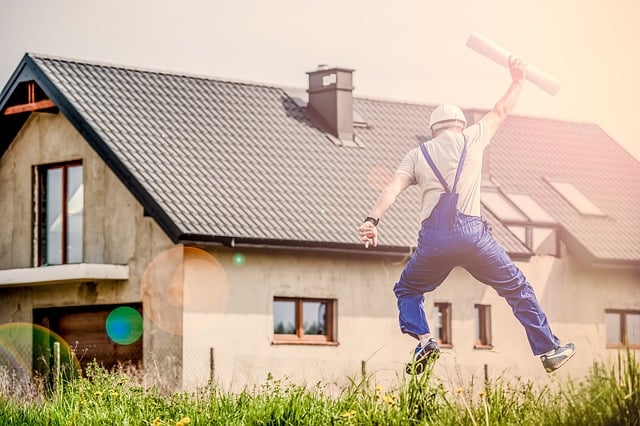Alternative housing options, such as tiny houses, container homes, and other non-traditional forms of housing, are becoming increasingly popular as more and more people seek affordable and sustainable living options. However, before deciding to build or buy an alternative housing option, it’s important to understand the building codes and zoning regulations in your area, as well as how to make sure that your alternative housing is safe and up to code.
Just as the climate is different across the United States, so are the building codes and zoning regulations in your area. You may be wondering “What are the building codes and zoning regulations for alternative housing in my area?” We will go through that question with the five steps you need before you build an alternative house in your area.

Five steps to building your alternative house
1) Understanding the building codes for alternative housing
As you’ve come to understand alternative housing can be built with almost anything depending on the area in which you live. The materials used in your build must follow your local building codes and regulations. The best place to start when considering building an alternative house is with your state’s building codes.
The International Code Council has put together maps of the United States showing which state has adopted their codes for building, plumbing, electrical, mechanicals, fire, residential property, energy conservation, existing codes, fuel and gas, property maintenance, private sewage disposal, wildlife-urban interface, international codes, code council performance, green construction, and swimming pool and spa codes.
When you click on your state on any of these maps you can see which codes your state adheres to for the category you’re searching. They also provide helpful links to follow so you can dig down to your local area and see if their codes are different.
2) Knowing the local zoning regulations
The codes are meant to keep homebuilders and owners safe. Once you understand the codes, go to your municipality and talk with the building and permitting office. They can help you understand what is possible in your area and any zoning requirements for alternative housing. However, if they say no doesn’t mean it isn’t possible.
3) Finding the right builder to build an alternative house

With the right builder, you can work through any zoning regulations if you want an alternative house. Your builder will submit the required paperwork, pull the proper permits, and build according to local codes to build what you want. Additionally, professional builders and contractors can help you design your alternative housing for maximum safety, including things like properly ventilating the living space, providing adequate lighting, and emergency exits.
4) Proper alternative housing materials
It’s also important to consider the materials that you will be using to build your alternative housing. Choosing high-quality materials that are fire-resistant, structurally sound, and energy efficient can help ensure that your alternative housing is safe and up to code. Additionally, materials like steel shipping containers, which are extremely durable, have been successfully converted into houses, but have also specific regulations for this use case, for example regarding insulation and ventilation.
5) Safety first
To ensure that your alternative housing is safe and up to code, it will have to be inspected by a building inspector before you move in. If you work with a home builder they will help you coordinate the timing of the inspection. However, if you’re DIY-ing the build it’s good to know that a building inspector will be able to identify any safety or code issues that may need to be addressed before you move into your new home.
Alternative housing options like tiny houses and storage container homes can be a great way to affordably and sustainably live, but it is important to make sure that your housing is safe and up to code. By researching the building codes and zoning regulations in your area, working with a professional builder or contractor, choosing high-quality materials, and having your alternative housing inspected before you move in, you can help ensure that your alternative housing is a safe and comfortable place to call home.
Check out the great alternative housing plans for container homes, tiny homes, or materials you can use to create a safe and efficient home.


